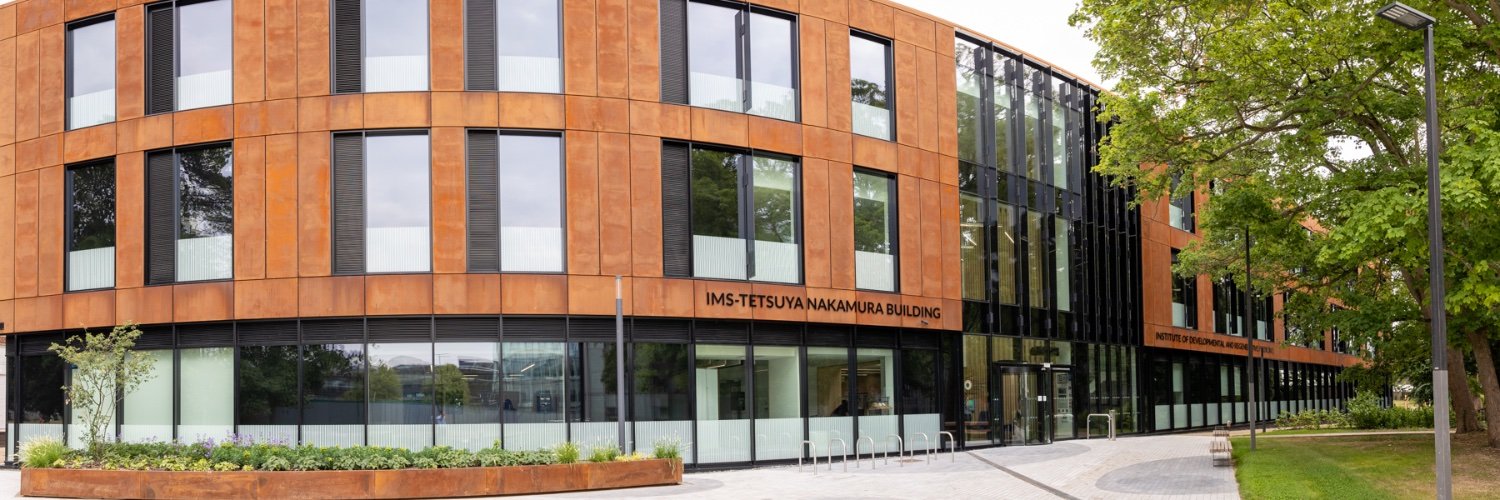About us
With leading experts in cardiac development spread throughout the United Kingdom, this level of research is only possible through cross-institute collaboration. In contrast Fueled by competition outside of the laboratory.
How does the human heart grow and how is it put together?
The heart is made up of lots of different cells, such as heart muscle cells, blood vessel cells, connective tissue cells, inflammatory cells and so on.
These all live and work together to make the heart work the way it does. Where do these cells come from, how do these different cells get made, what makes them come together, and how do they communicate with each other?
At the moment, we understand a little bit of this by looking at animals such as mice or fish, but human hearts may grow in a similar way to other animals, there are some important differences, and a detailed understanding of human heart development is still lacking.
“how does the human heart grow and how is it put together?”
Funded by the BBSRC, the CellTalk-HHD consortium involving the University of Cambridge, and Oxford University was established to find out more about how these cells come together to build the heart as a human baby is growing inside the womb.
Our Aims
We will study the detailed mixture of cells in human hearts obtained after voluntary termination of pregnancy where the mothers have fully consented for tissues from the termination products to be used for biomedical research.
These donated heart tissues will be taken apart into single cells using advanced laboratory techniques where we can determine which genes are switched on which cells, and see exactly where each of these cells are positioned in the growing heart.
This will give us an idea of how the different cell types behaving in different stages of the growing heart. We will examine all of this information and identify the molecules that the cells might be using to talk to each other.
-
We will bring these pictures of human heart cell communication to life by testing the most promising communication molecules on stem cells. Because stem cells can make any cell type in the body, we will use human stem cells to generate a range of different human heart cells. Based on our snapshots or heart growth, we will put appropriate mixtures of cell types together to mimic different parts and stages of human heart development. This is important because it will let us test the communication between the cells to find the signals responsible for normal heart growth.
Finally, to help scientists make better and more responsible use of animals in experiments, we will see which stages human heart development are also happening in mouse and zebrafish hearts as they grow, or which parts are unique. We will be able to see whether the cell communication molecules needed for the human heart to grow properly are also needed for healthy growth of these animal hearts.
These studies will provide a deep understanding of how each of the stages of heart growth in humans occurs and exactly how the different cells communicate with each other.
-

Organisation
CellTalk HHD is a cross-institute consortium of five research groups spread between the University of Oxford and University of Cambridge.
-

People
Meet the CellTalk HHD team, a group of experts in cardiac development, regeneration, and stem cell research.
-

Research
World-leading research is at the heart of CellTalk HHD.



